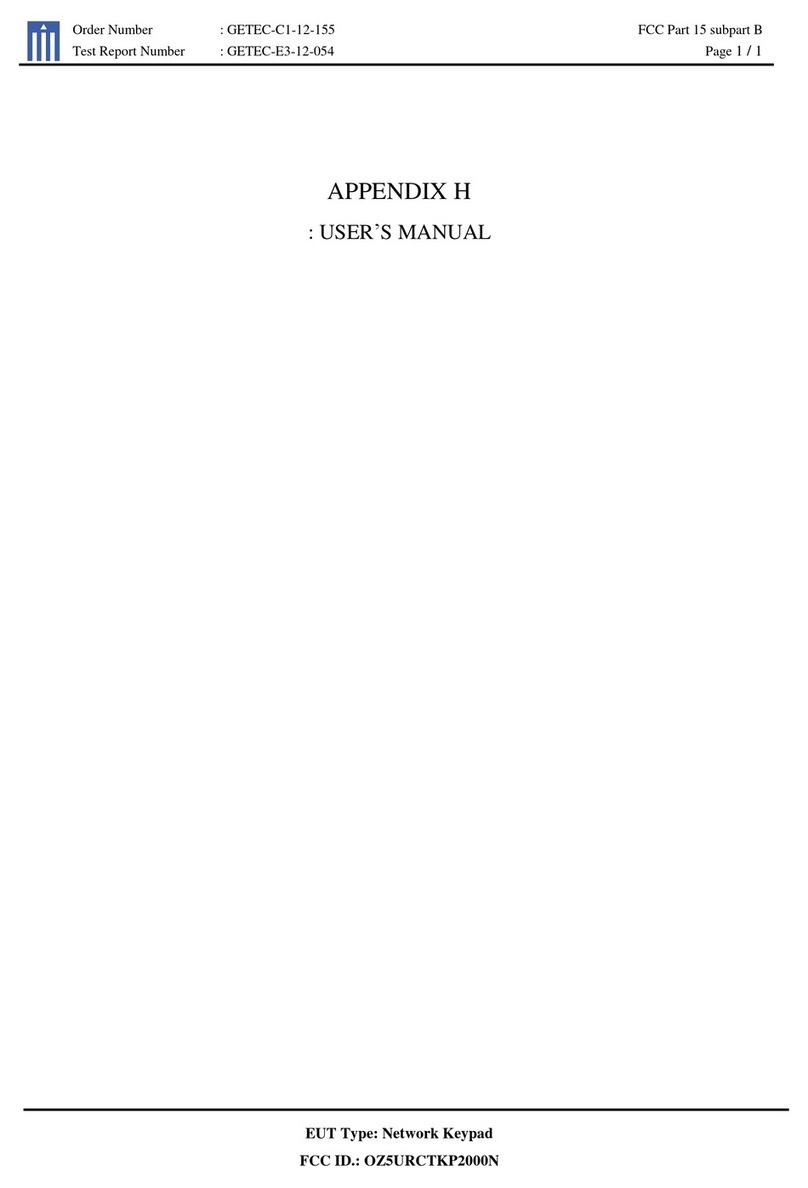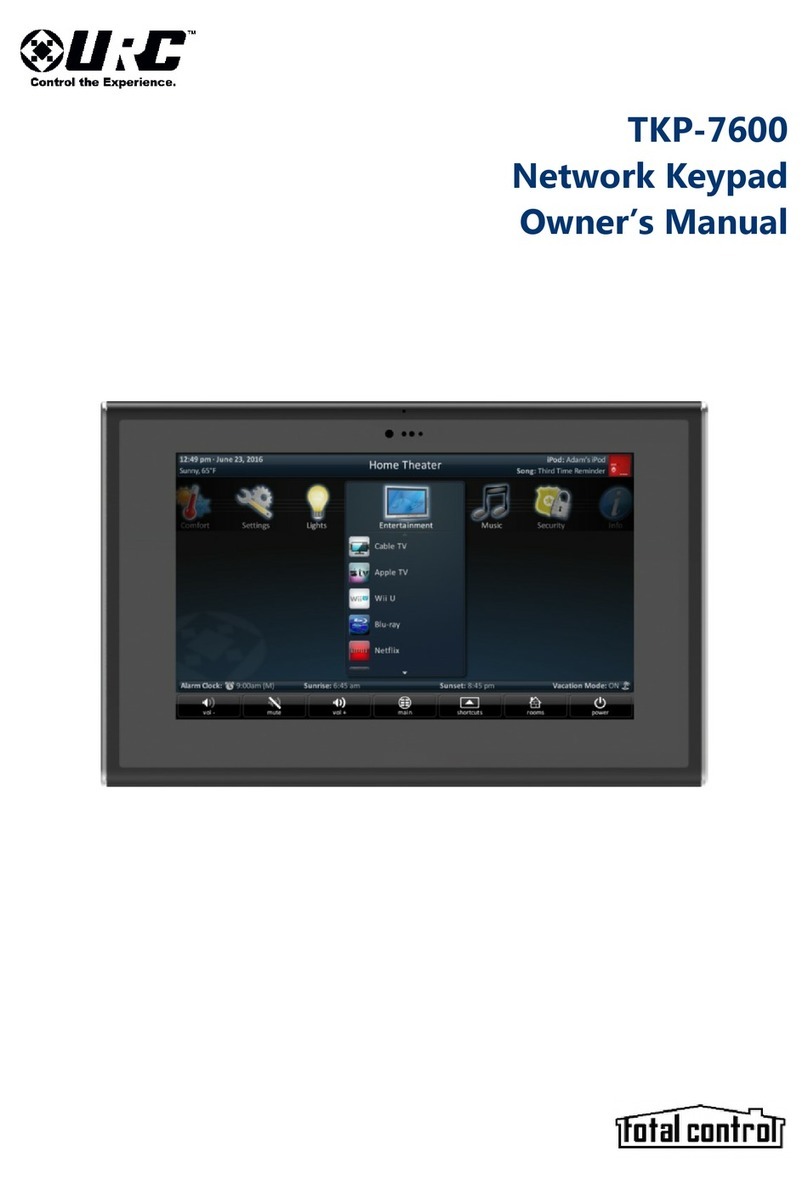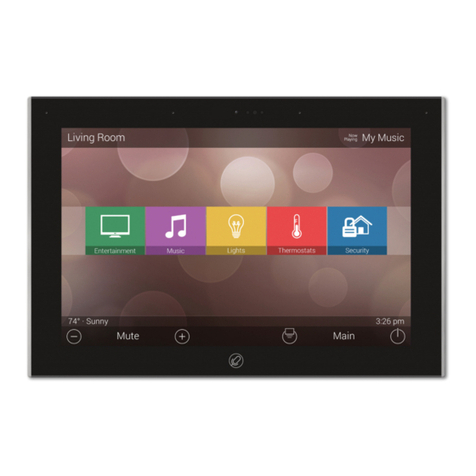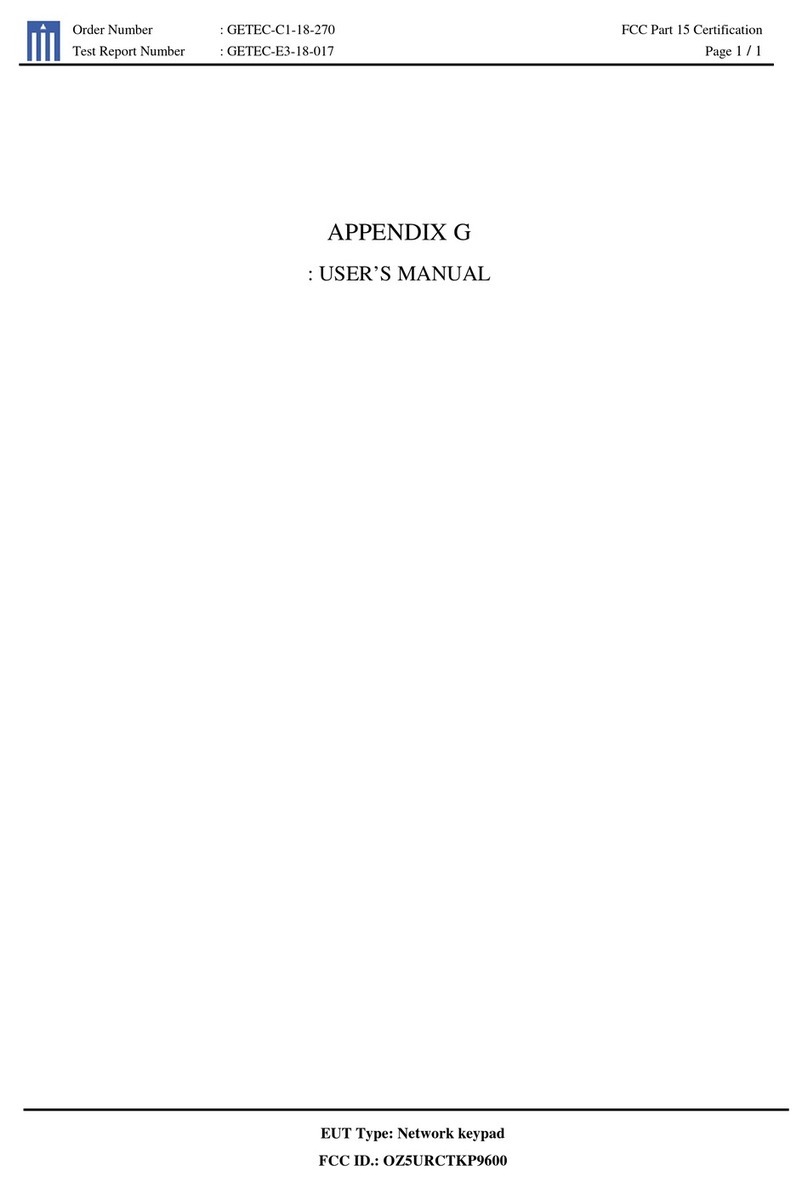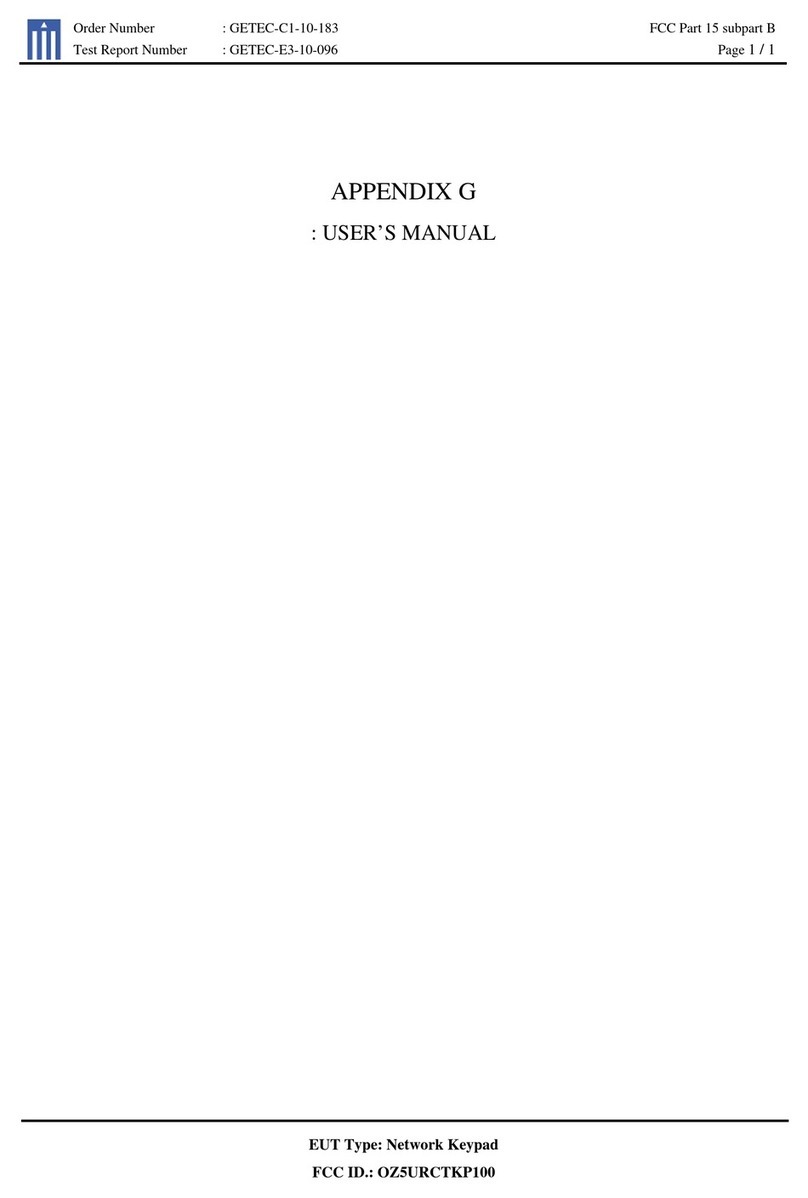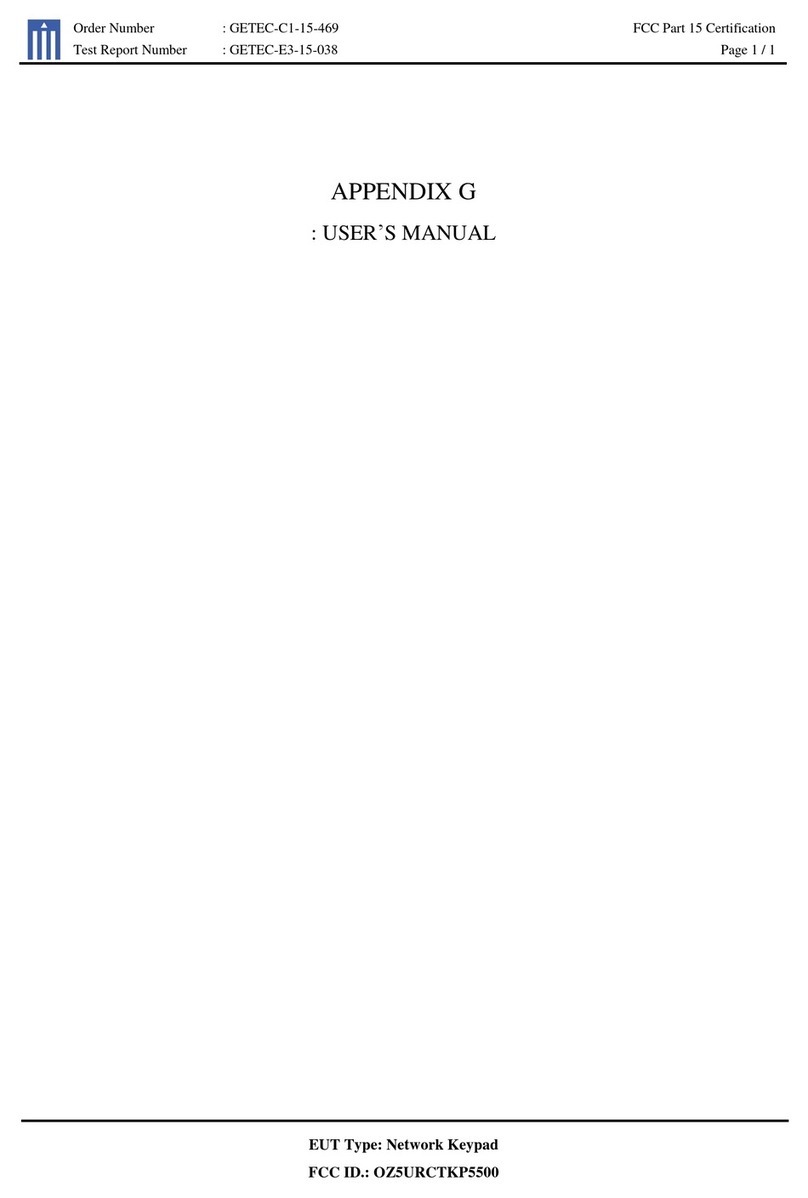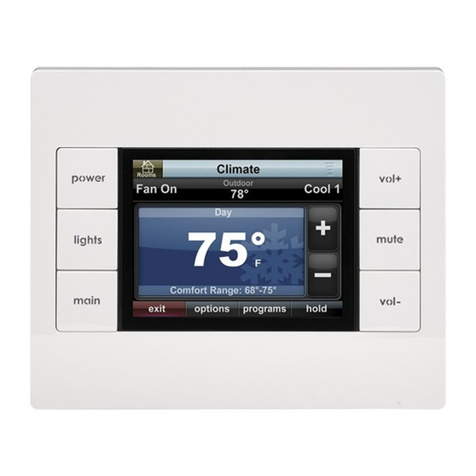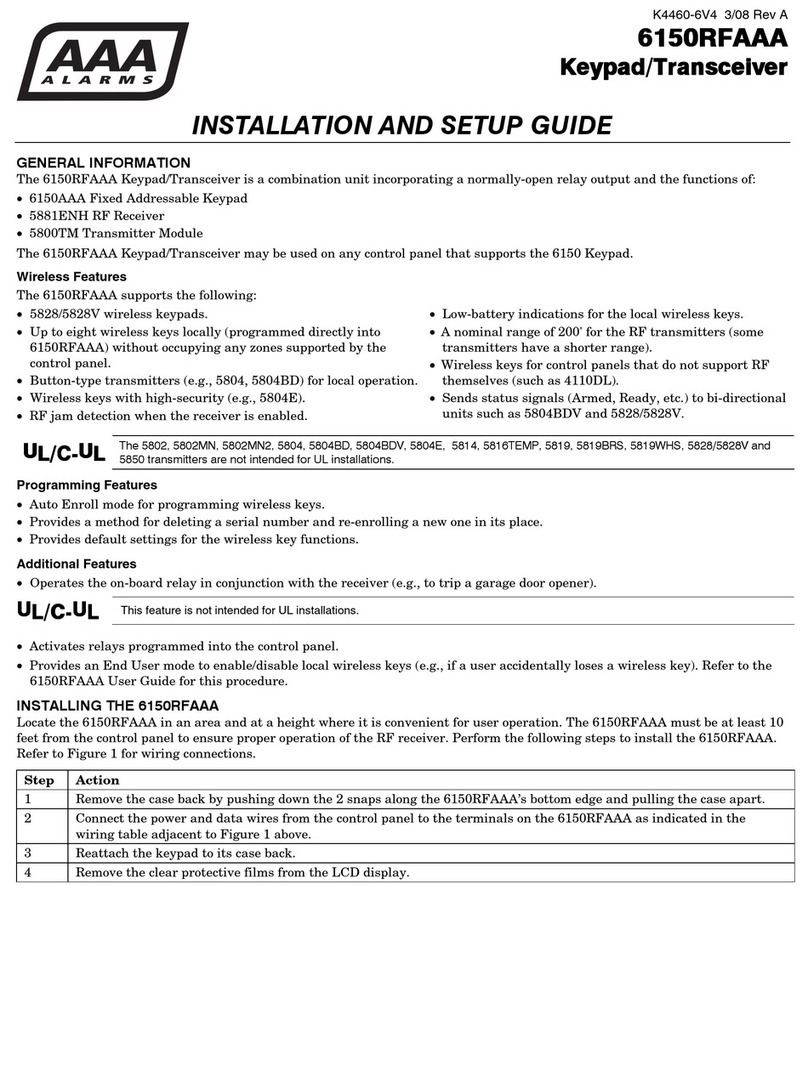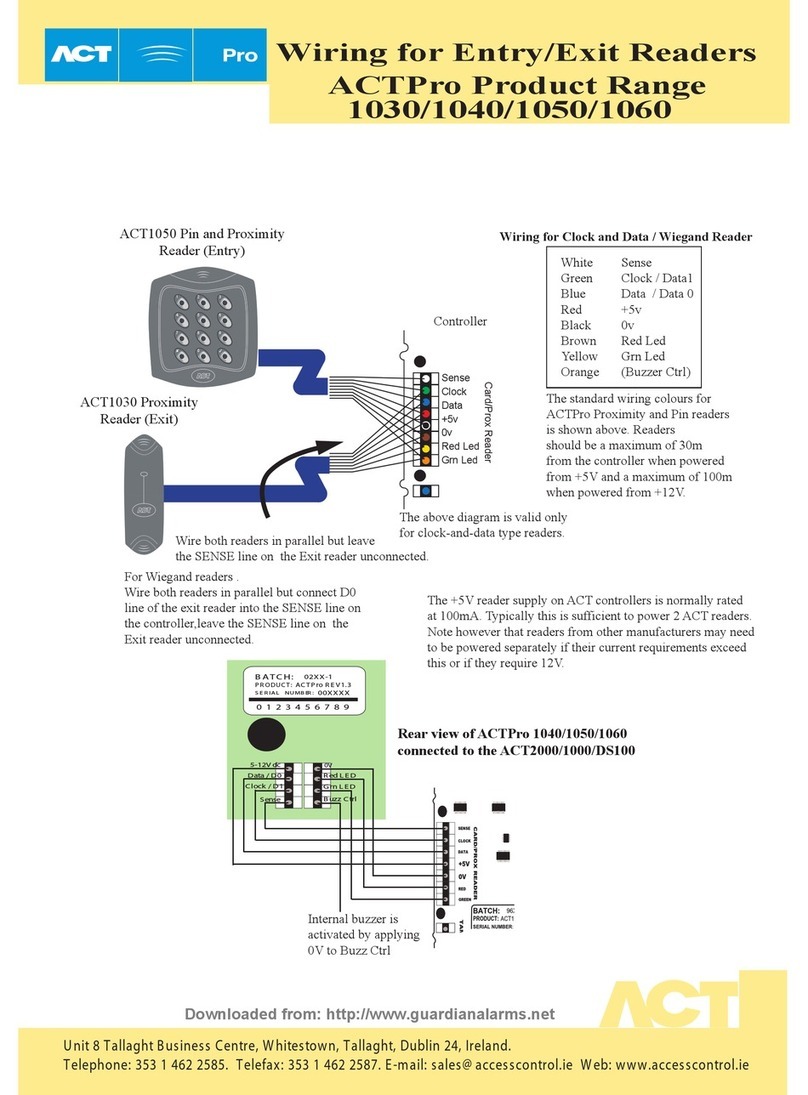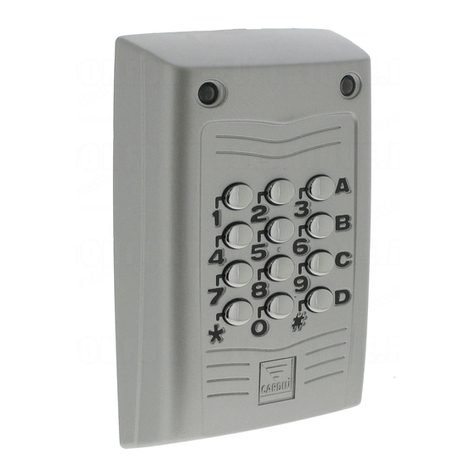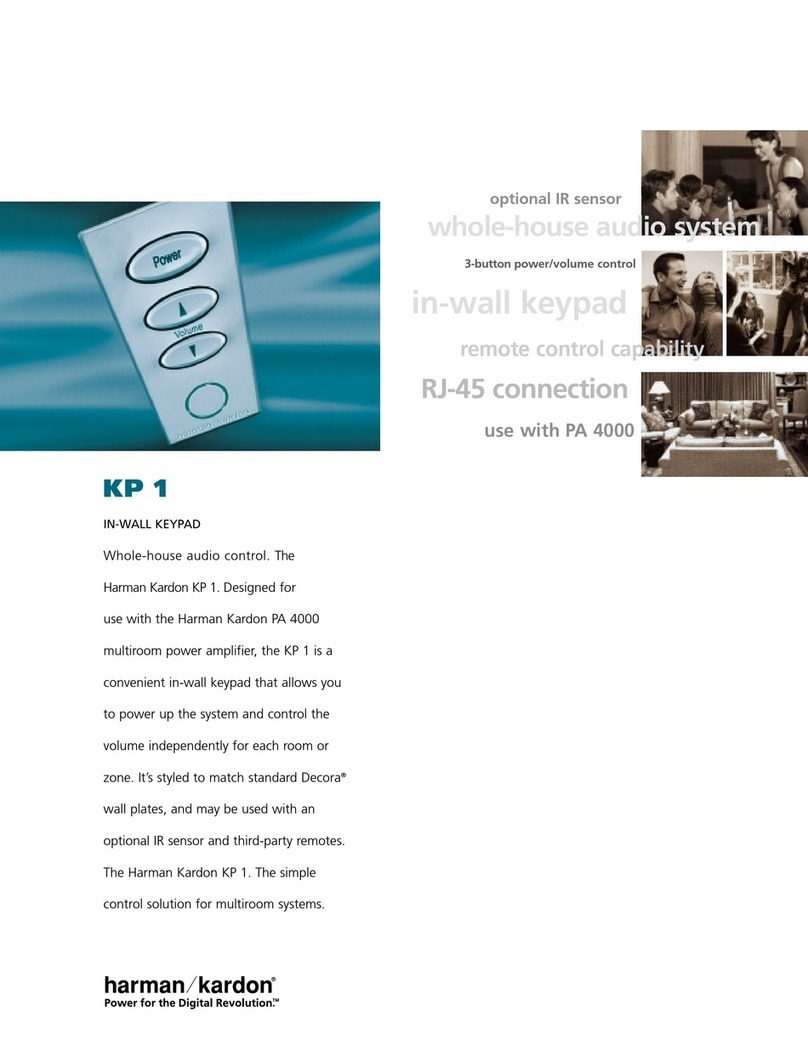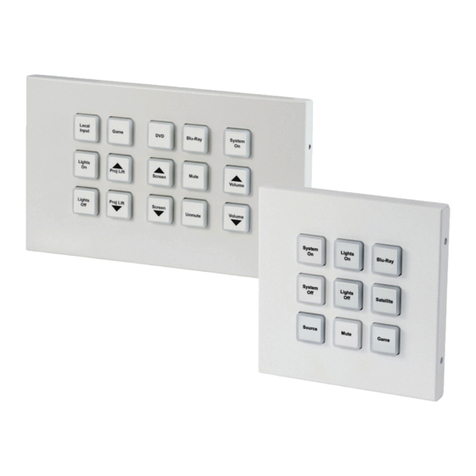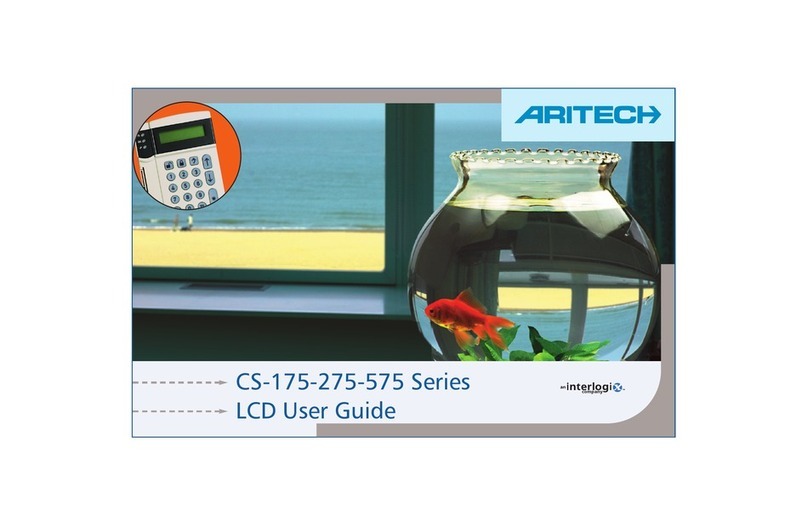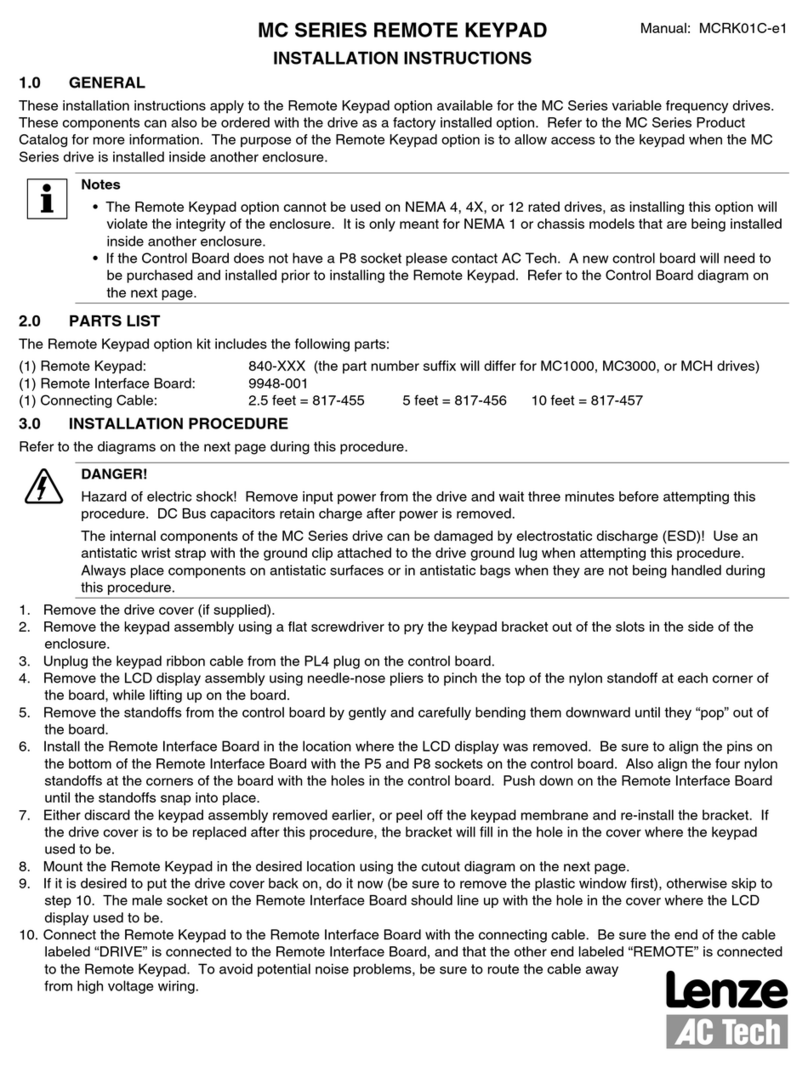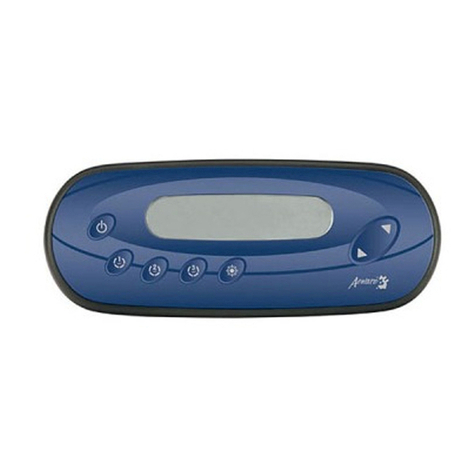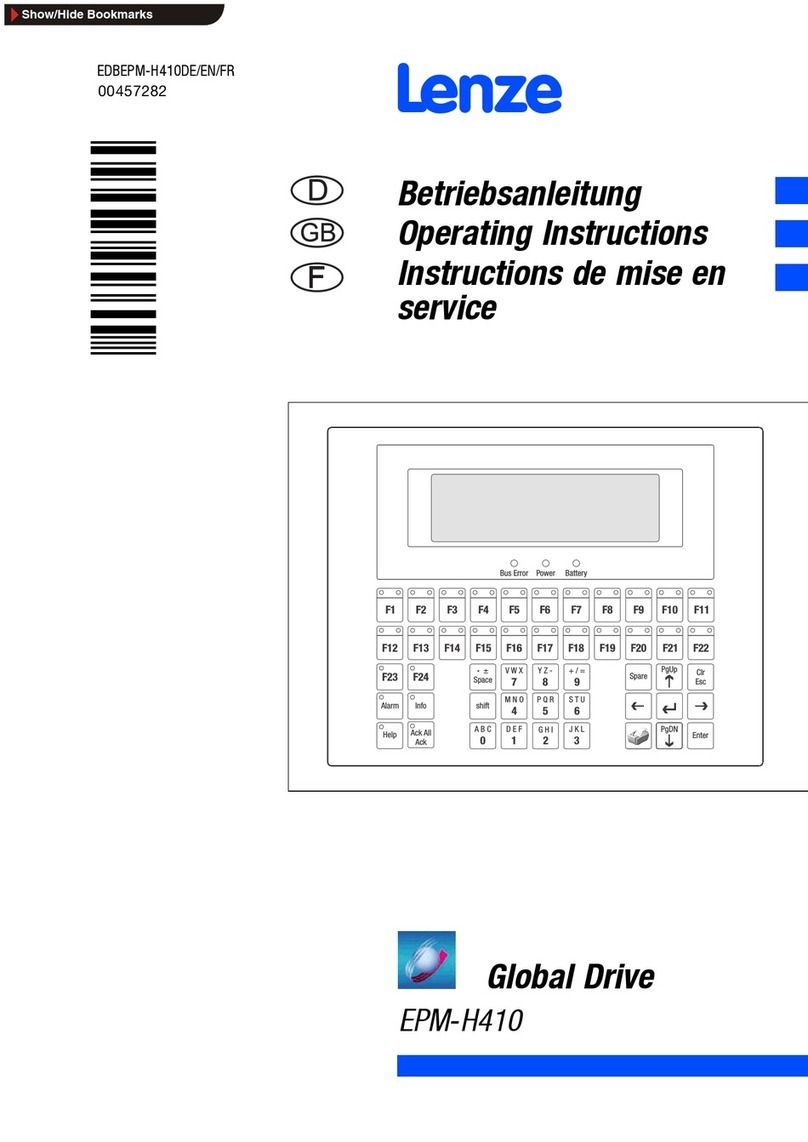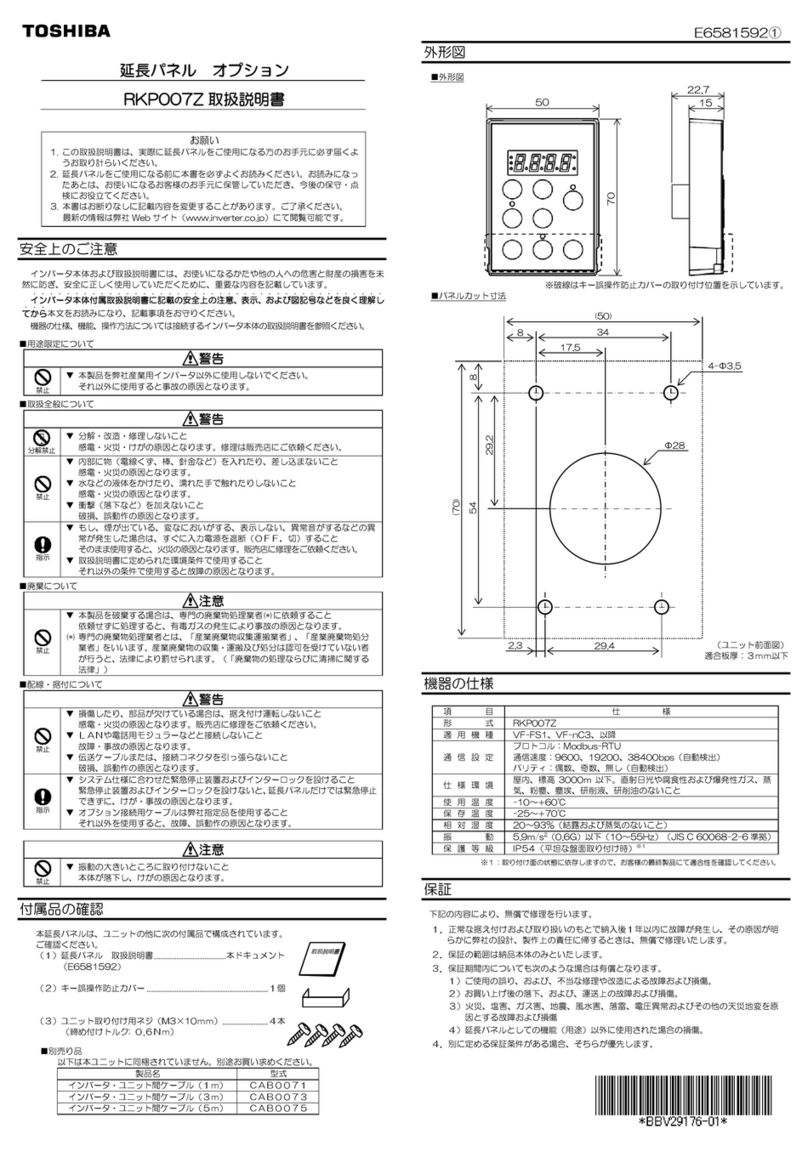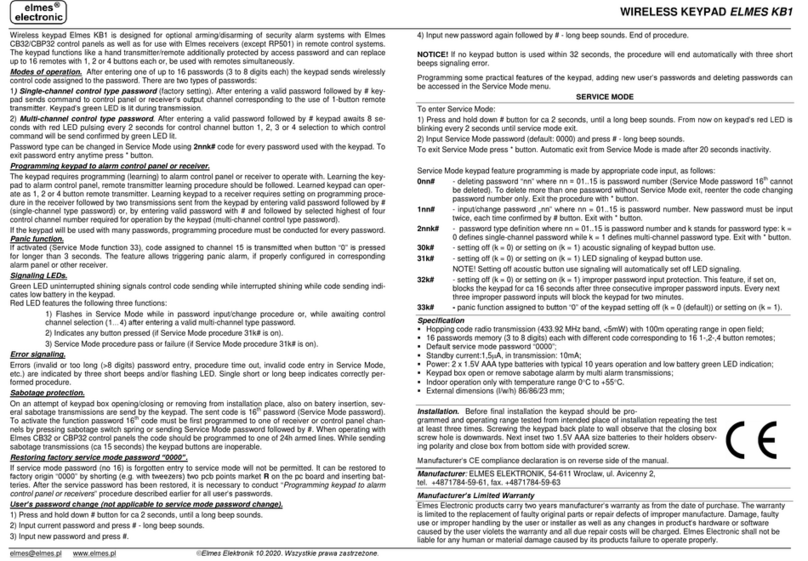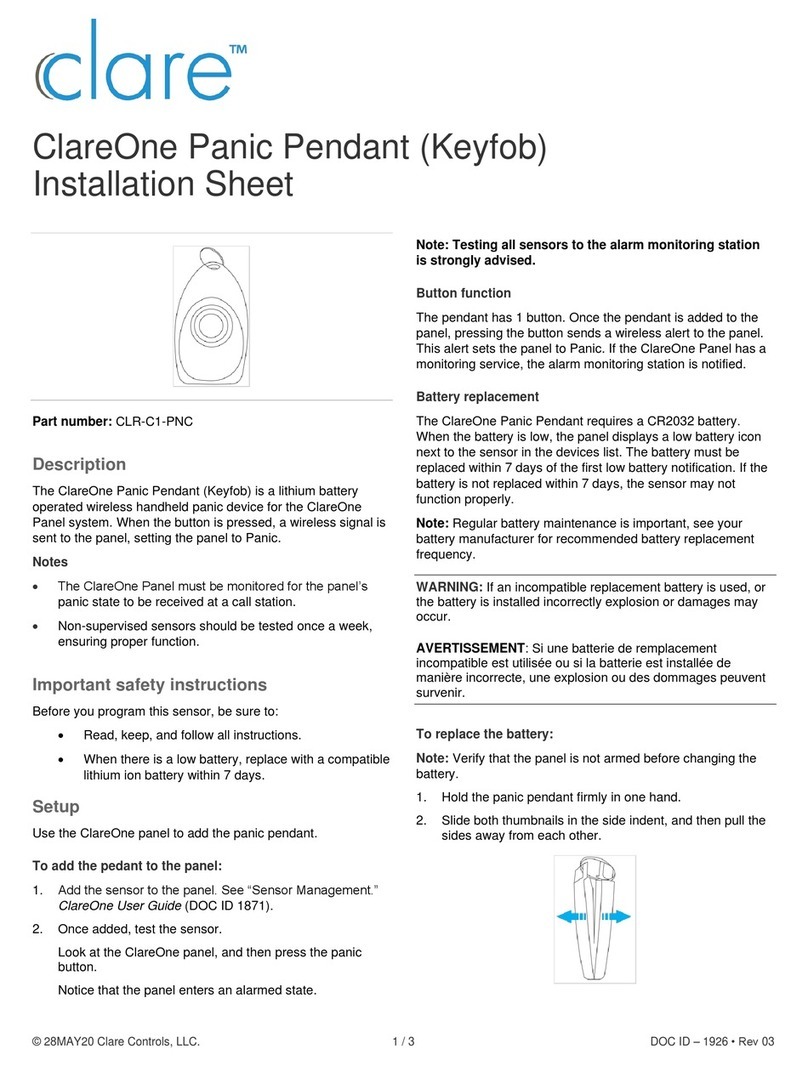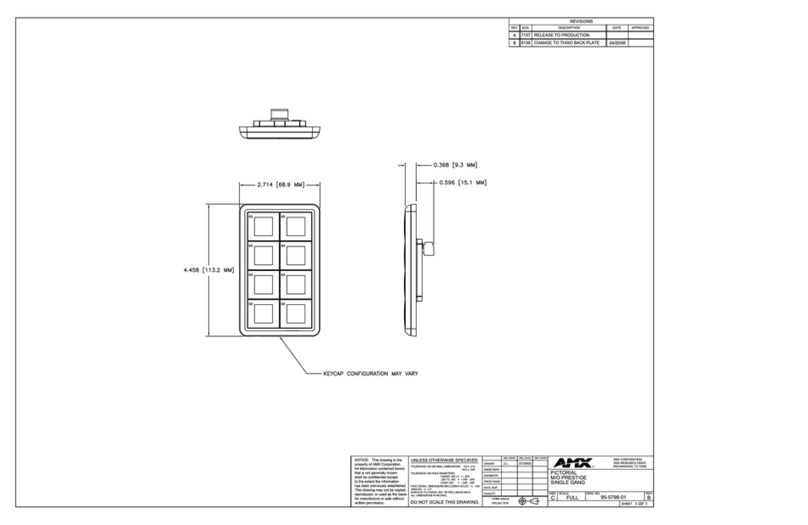
Status Bar
The Status Bar, located directly above the Core Buttons, provides valuable status and feedback of
the Total Control System. The four sections of the Status Bar are determined by the system
programmer and are customizable per keypad. It is not possible to explain how your keypad looks;
however, after reviewing the following possibilities, there should be no need for further
explanation.
Sunrise Time: Updated at midnight every day, this shows the sunrise time for the next day.
Sunset Time: Updated at midnight every day, this shows the sunset time for the next day.
URC Thermostat Temperature: If a THZ-100 (URC’s thermostat) is included in the home, this
shows the current temperature status based upon the internal sensor, additional sensor, or the
mean temperature of both.
Alarm Clock: If the room being controlled has an Alarm that is set to activate for that room, the
status bar displays an alarm clock icon and the next scheduled time/day.
Surround Mode: When used with URC’s DMS-AV Surround Processor, this displays the current
surround mode of the processor.
Room Linked Status: Whenever the chosen room/area is “linked” to other rooms, this shows a
link acknowledgement and icon.
Weather Alerts: Based on the current location entered by the system programmer, the words
“weather alert” appear if an automatic alert is received via Internet.
Vacation Mode: Whenever the Vacation Mode is activated for the Total Control system, the status
bar displays “Vacation Mode: ON”.

